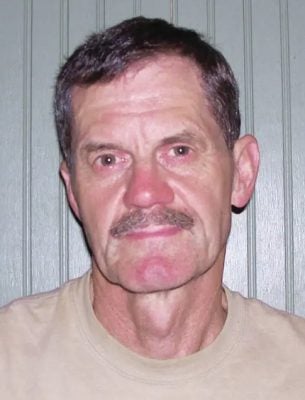Arts’ Watch: ‘Oppenheimer’
Published 12:30 pm Friday, August 11, 2023

- Bill McCann is a regular columnist for the Journal's sister paper The Winchester Sun.
|
Getting your Trinity Audio player ready...
|
By Bill McCann
Columnist
Christopher Nolan’s movie “Oppenheimer” is a tour de force. The opening hour is a montage, a swirl of pictures, sensations, sounds and an often overwhelming experience that took me two days to sort out. The story flows between two plotlines –J. Robert Oppenheimer’s life story as the physicist who headed up the Manhattan Project’s Los Alamos Laboratory and the hearing to determine whether or not he should lose his security clearance.
This is not a movie that moves from the first event to the last. In the opening hour, things often seemed to happen without context. A simple example. Early on, Oppenheimer poisons an apple with cyanide. Later, as someone is about to take a bite out of the apple, Oppenheimer takes the apple away from a man about to eat it and throws it in the trash can. Only much later do we hear him admit to this attempt on someone’s life while in graduate school. But we never learn who the intended victim was or why Oppenheimer wanted to kill him.
Later on—the movie runs three hours—it can be challenging for viewers (or at least this one) to make connections and pull things together so everything makes sense. In part, this lack of coherence is because the film’s director and writer, Christopher Nolan, based his film on the mammoth Pulitzer-prize-winning book “American Prometheus: The Triumph and Tragedy of J. Robert Oppenheimer” by Kai Bird and Martin J. Sherwin.
Except to show viewers the breasts of Jean Tatlock (Florence Pugh) several times, Nolan makes it difficult to allow viewers to see anything else clearly. For instance, he shows us Kitty Oppenheimer (Emily Blunt) spilling her purse and then hurriedly stuffing her flask away again and again, rather than mentioning her alcoholism in dialogue (which might be more revealing).
Still, Jean Tatlock is more than just flaunting Florence Pugh’s physical assets. We see her making love to Oppenheimer. But we also see him engaging her mind as well (though why one of those scenes was done with them naked is beyond my understanding.) Further, she is a better-rounded, better-acted character than my comments suggest. Jean Tatlock was not a floozy. Florence Pugh is a good actress.
Kitty Oppenheimer seems to stumble and bumble through life as Oppenheimer’s alcoholic wife until, in the final half hour or so, we see her give a heartfelt and spirited defense of her husband. I get that the movie was about the husband, not the wife. But surely, she was more than an alcoholic who stood by her man.
Yet, ultimately, this is a movie about Oppenheimer and the scientists and other men working around and for him. Cillian Murphy dominates the screen as the title character. Matt Damon holds his own as General Leslie Groves. Robert Downey Jr. largely disappears into the role of Lewis Strauss and turns out to be the hidden opponent of Oppenheimer who, once revealed, finds that once karma knows where he lives, visits revenge upon Strauss.
This movie demonstrates how the director working as an auteur can shape a film experience to a greater extent than is possible on the stage. The first hour of the movie takes the viewer inside itself. We see life as Nolan sees it, as he thinks Oppenheimer saw the world—and it is truly a fascinating, overwhelming, experience. Later, we come to some appreciation of Oppenheimer and his world as a complex place with layers and layers of nuance and mystery. Part of the reason for the difficulties inherent in this movie is that the book upon which it is based is more than 700 pages long, and Nolan’s script is less than 200 pages, 180 minutes long. It’s not enough. But it is worth seeing.
Bill McCann can be reached at WHMwriter@gmail.com.




